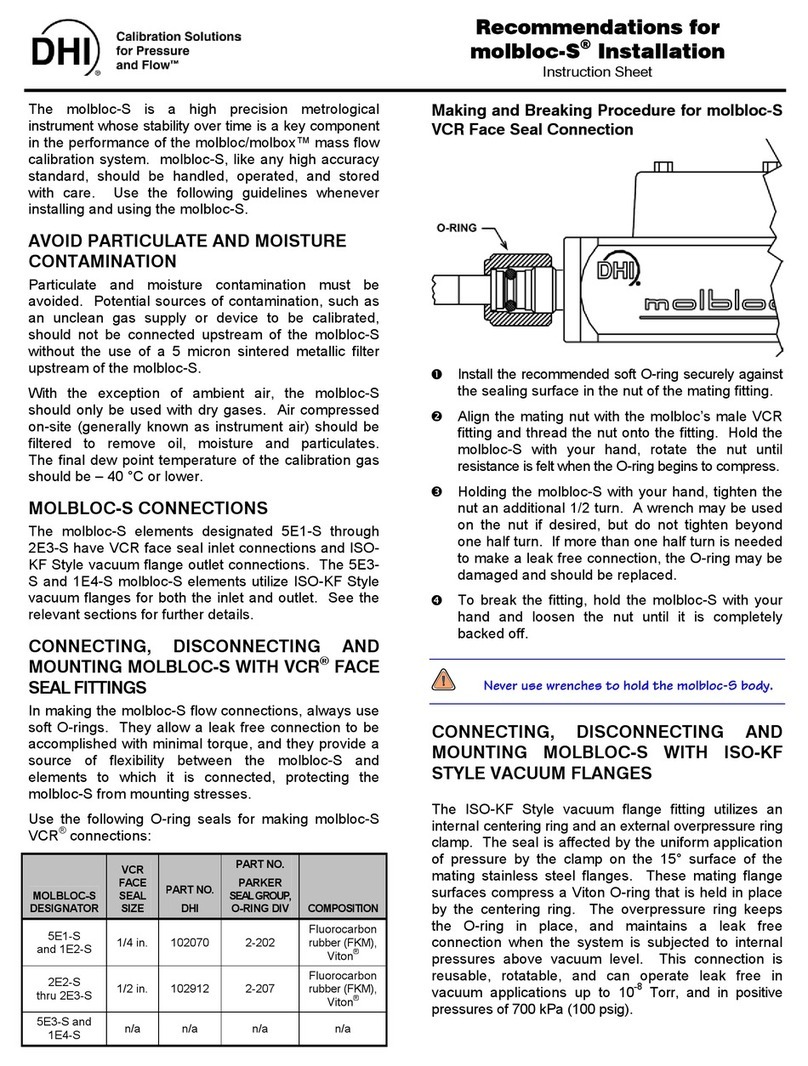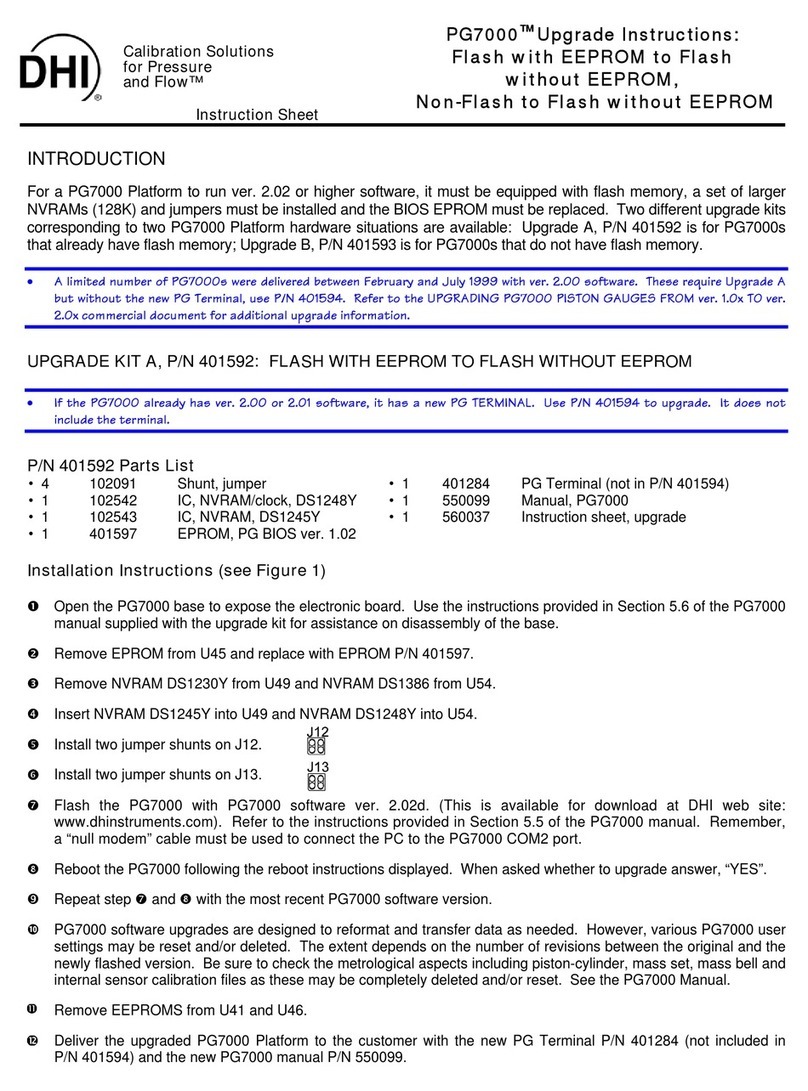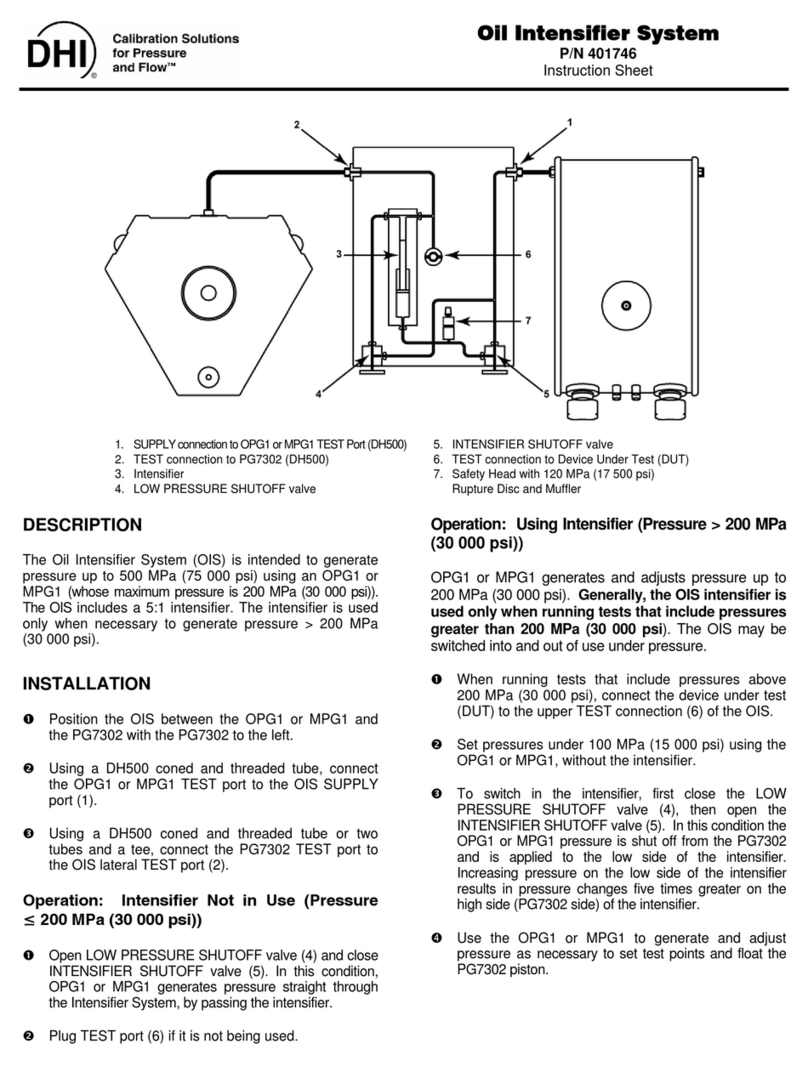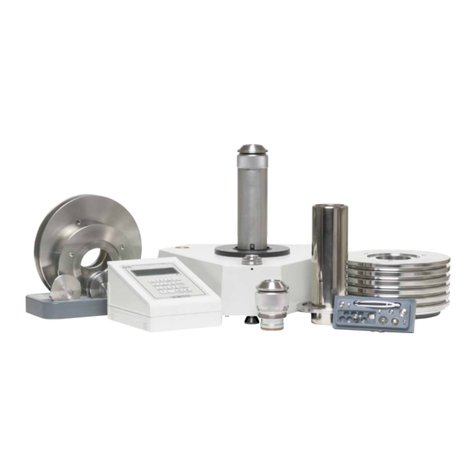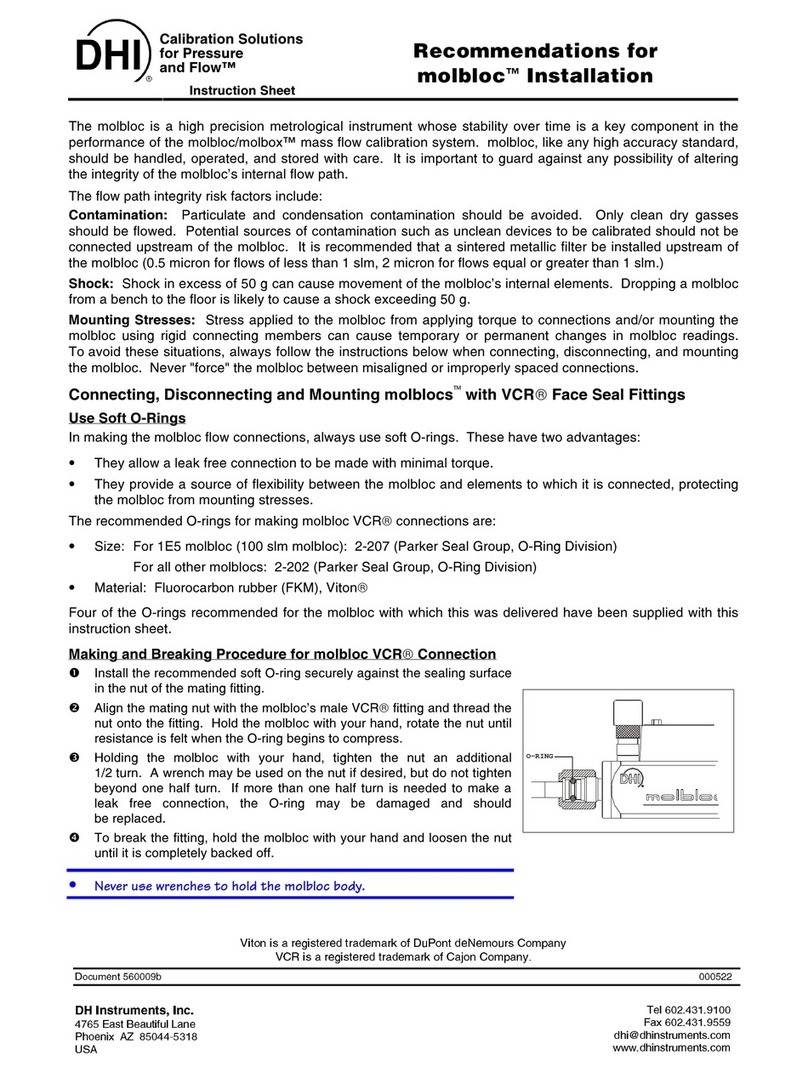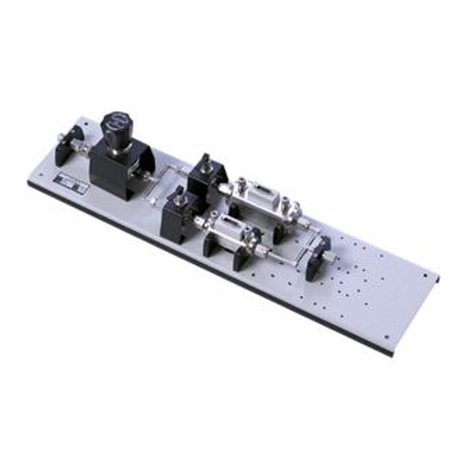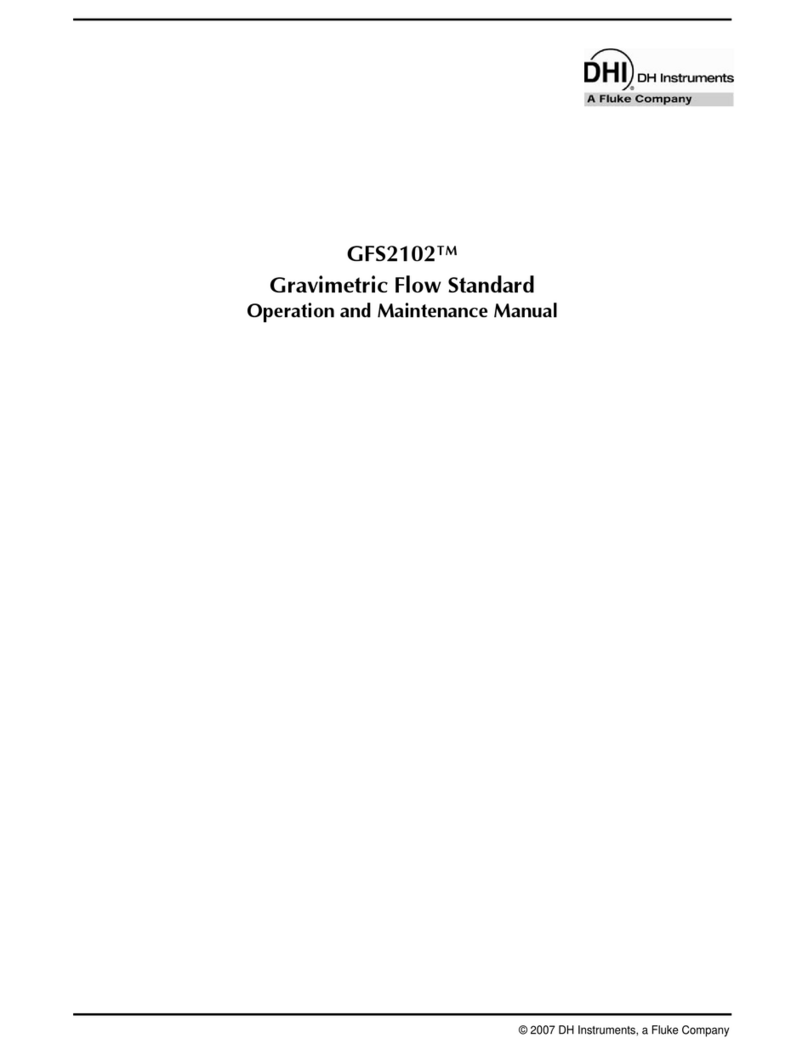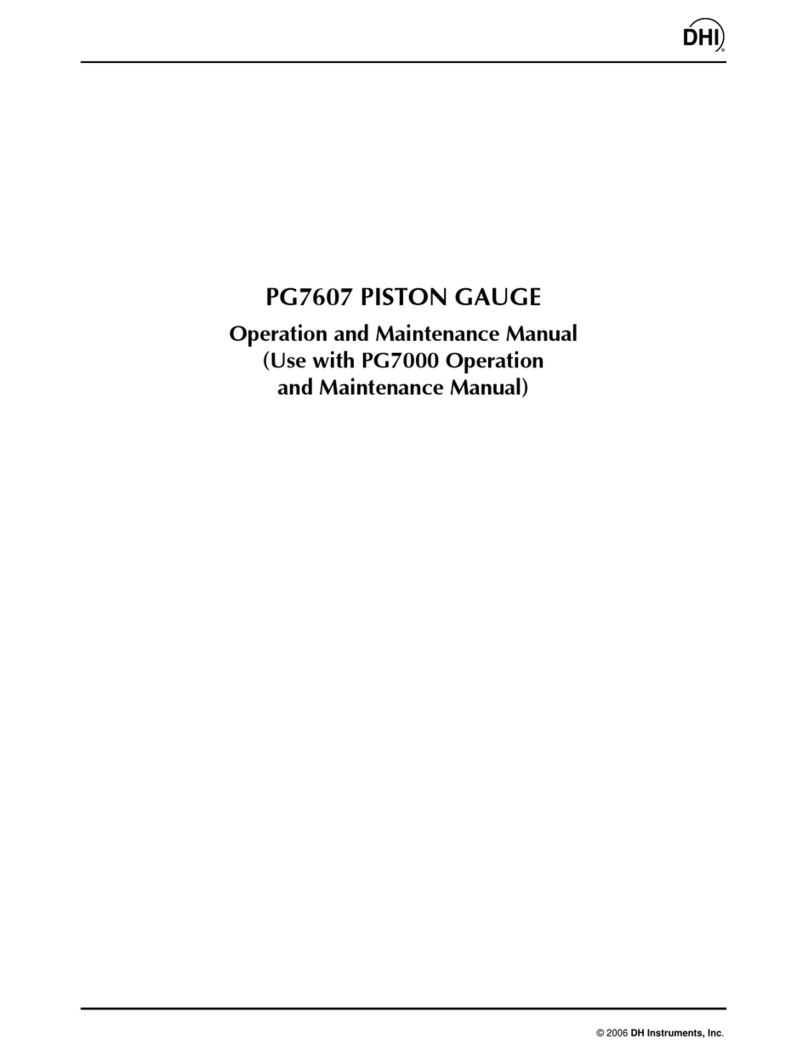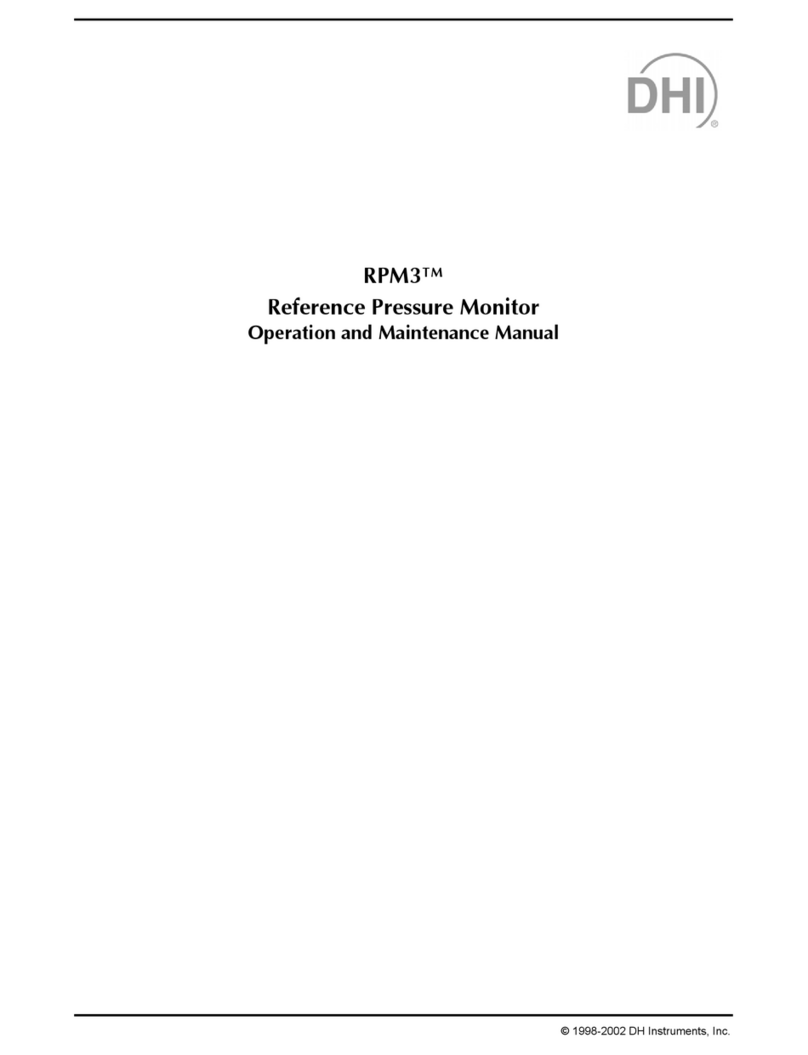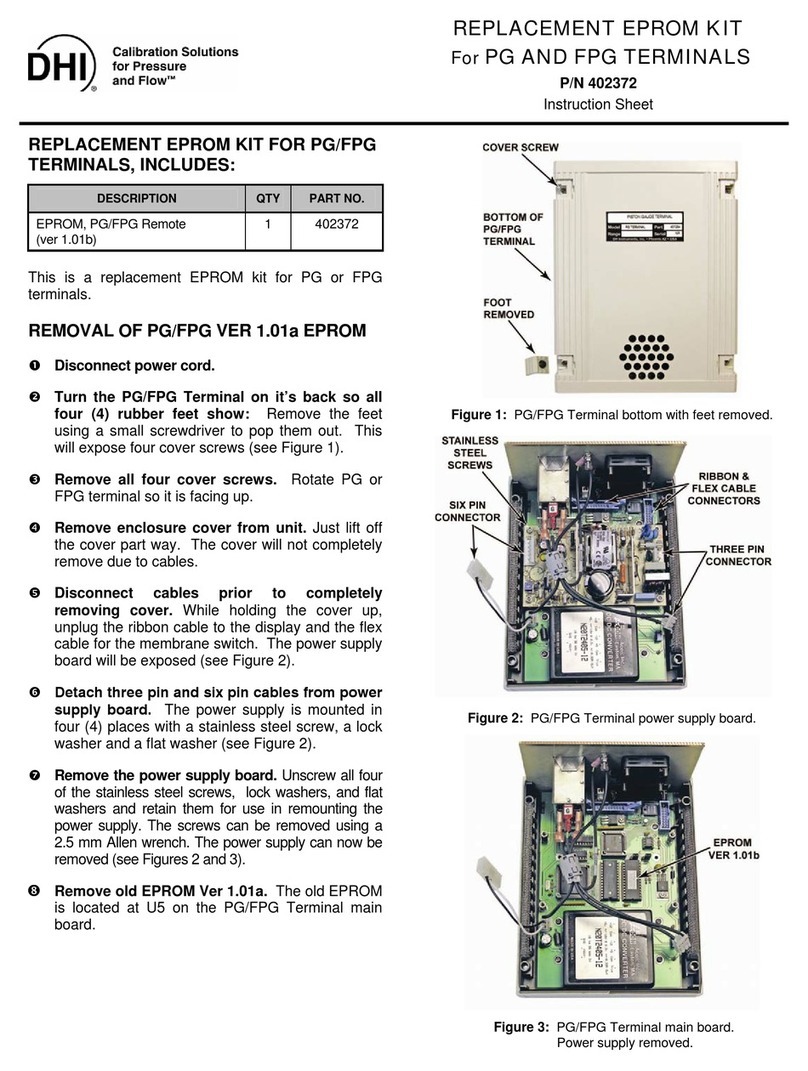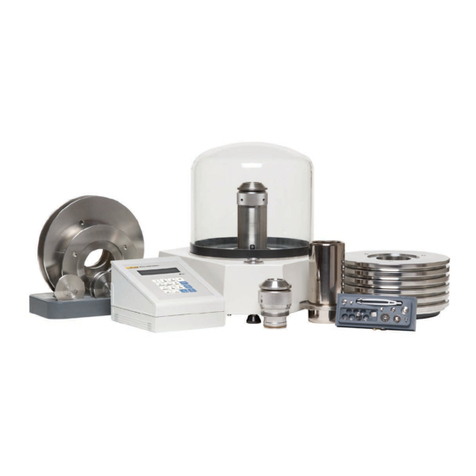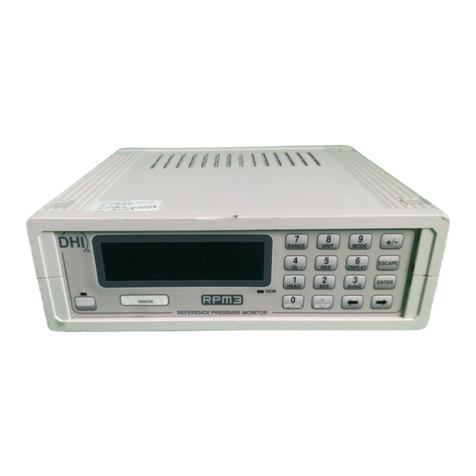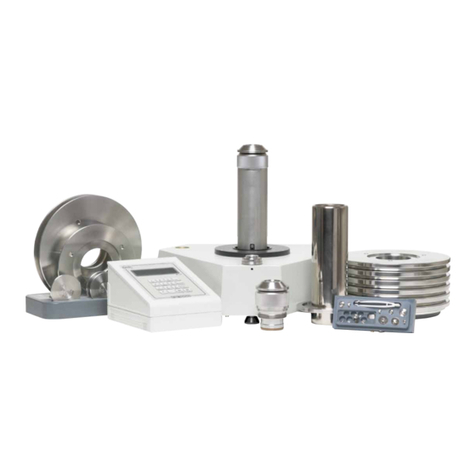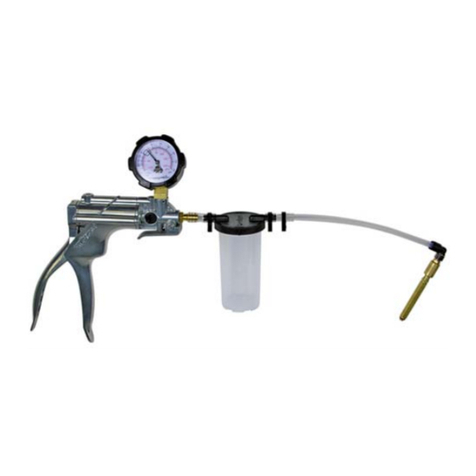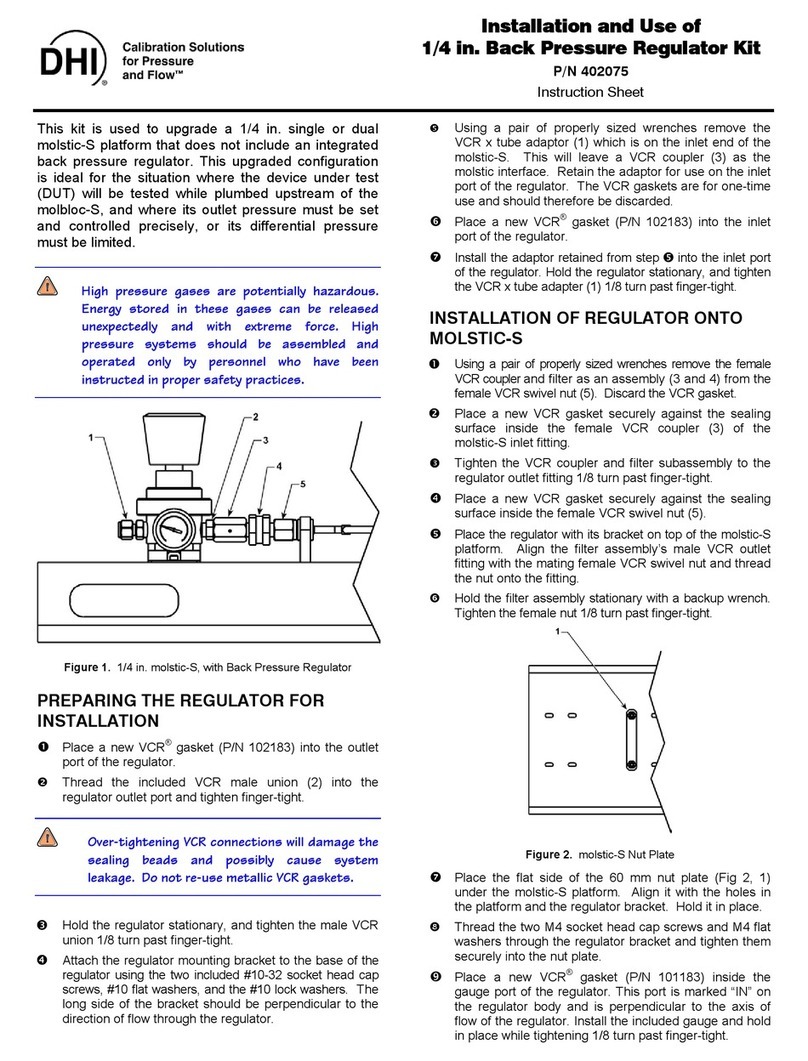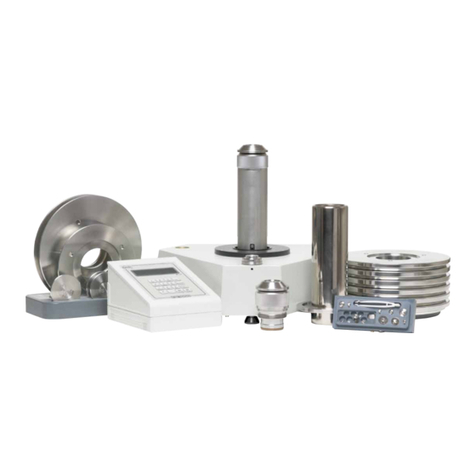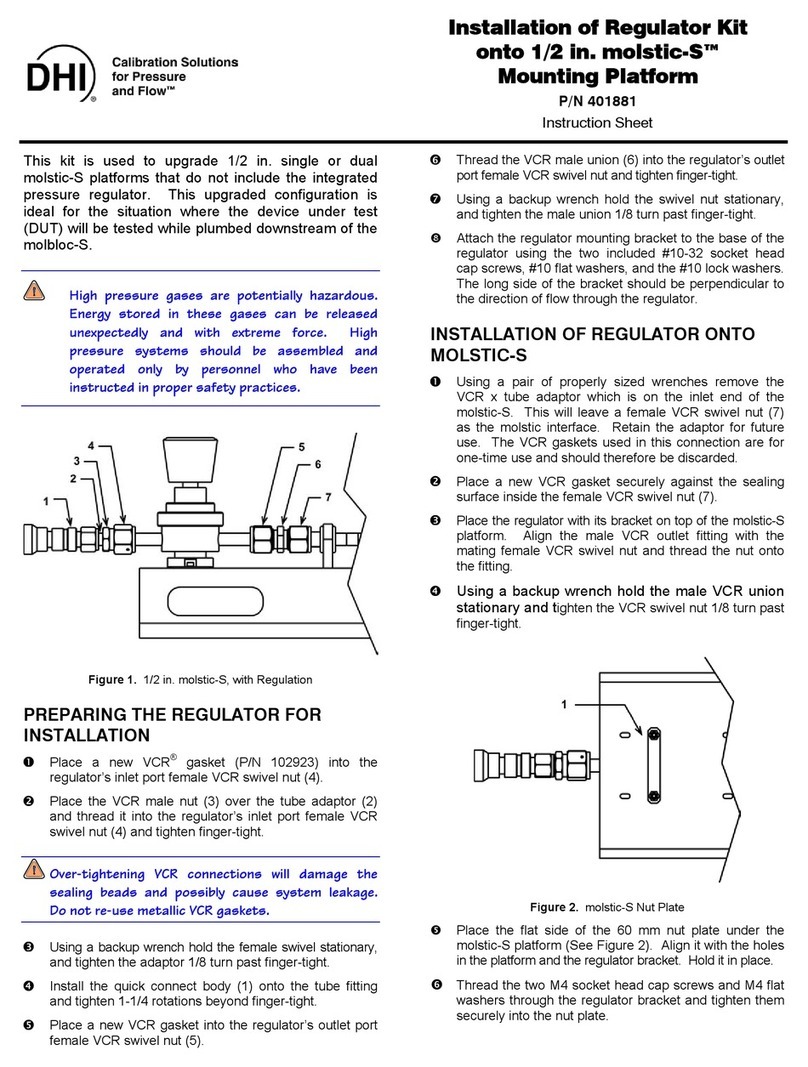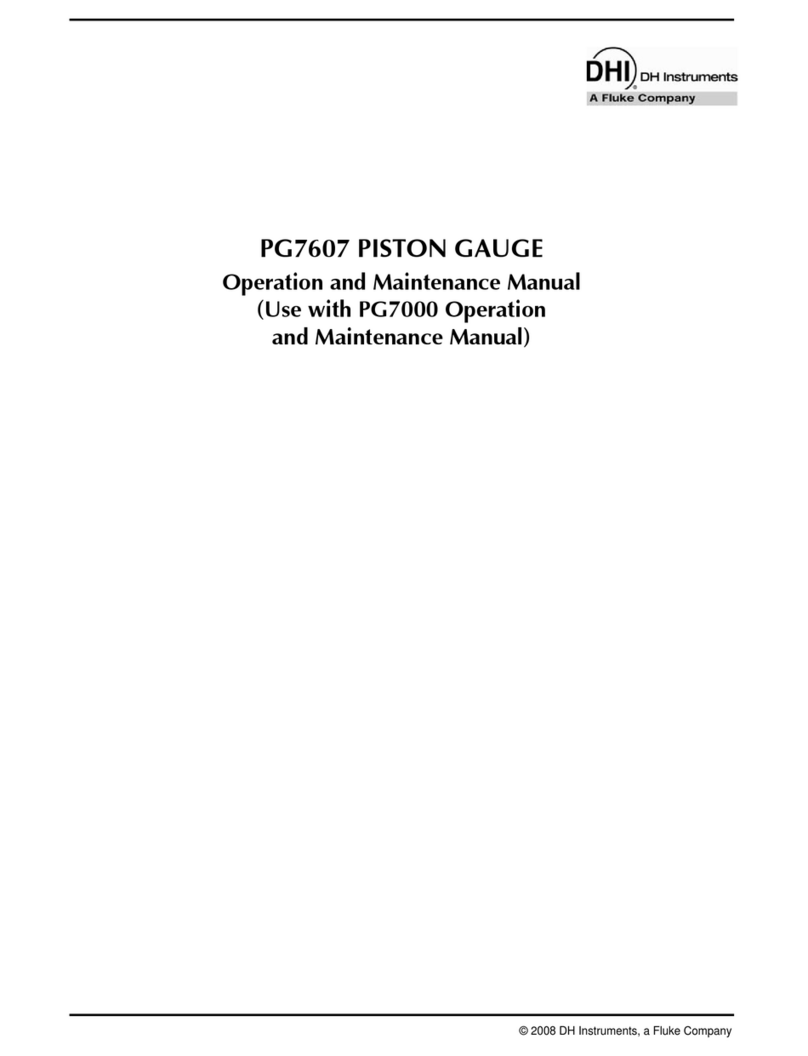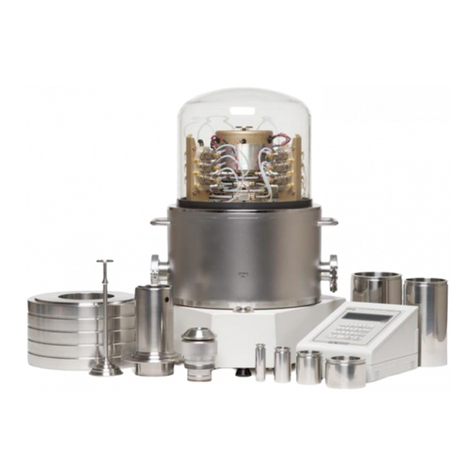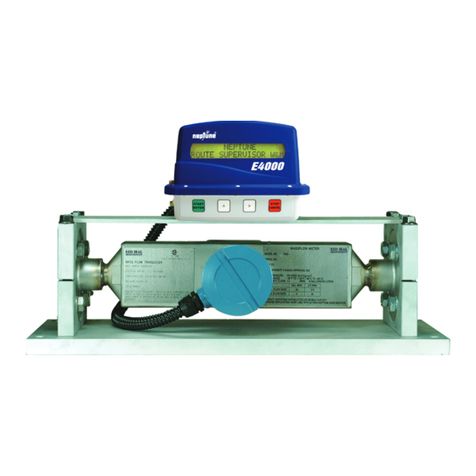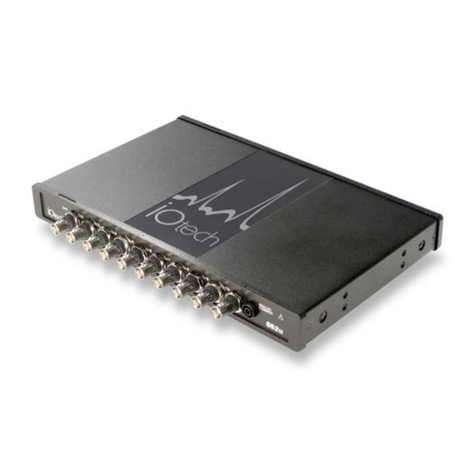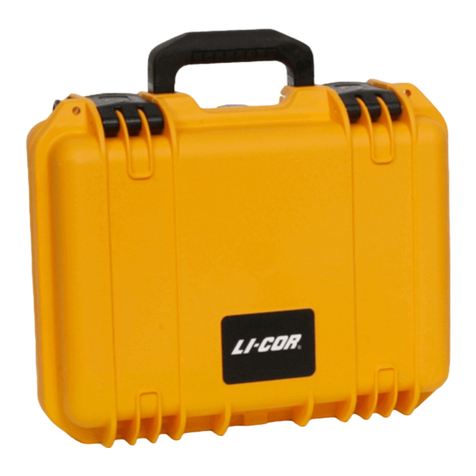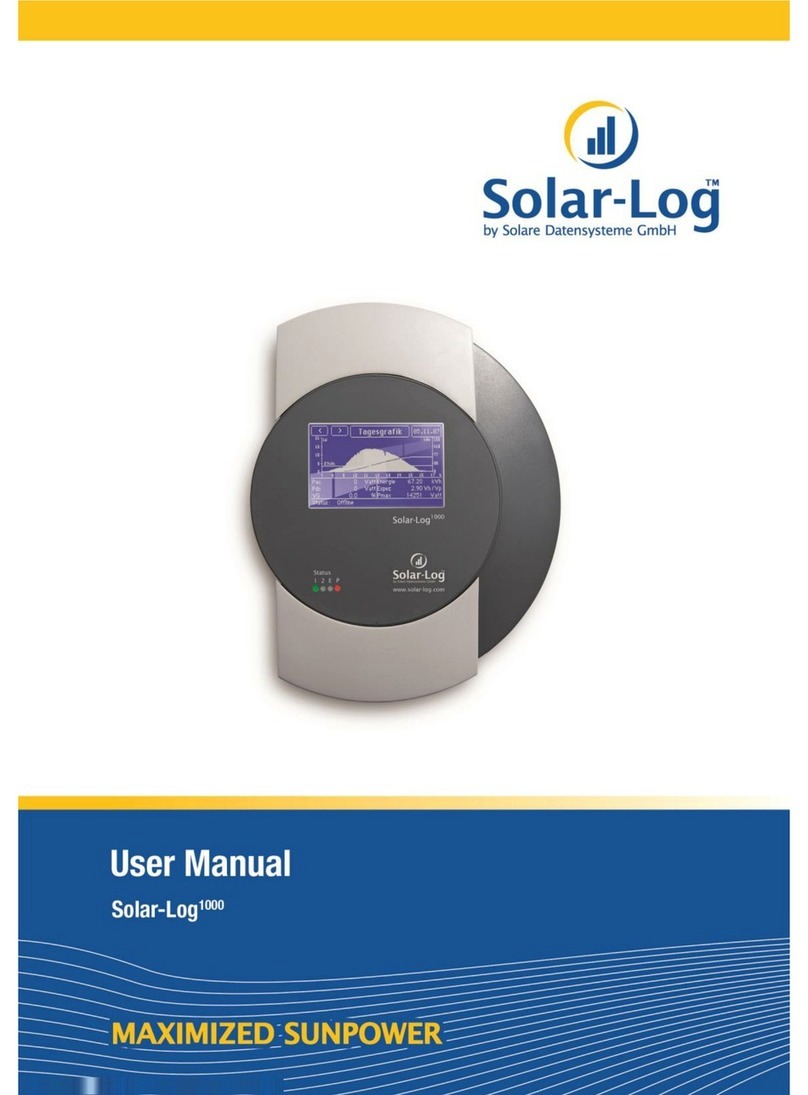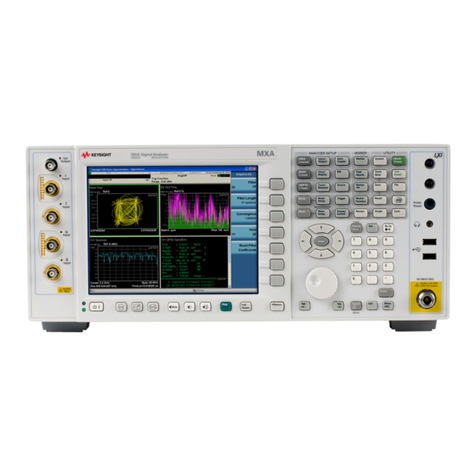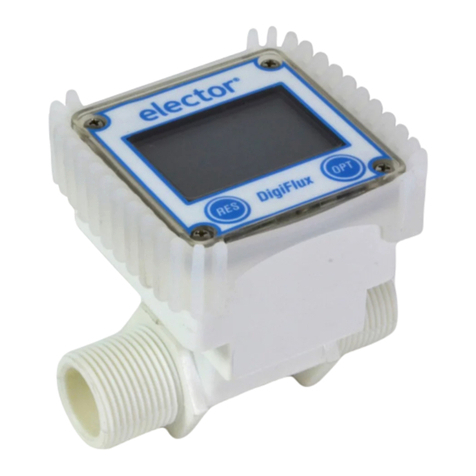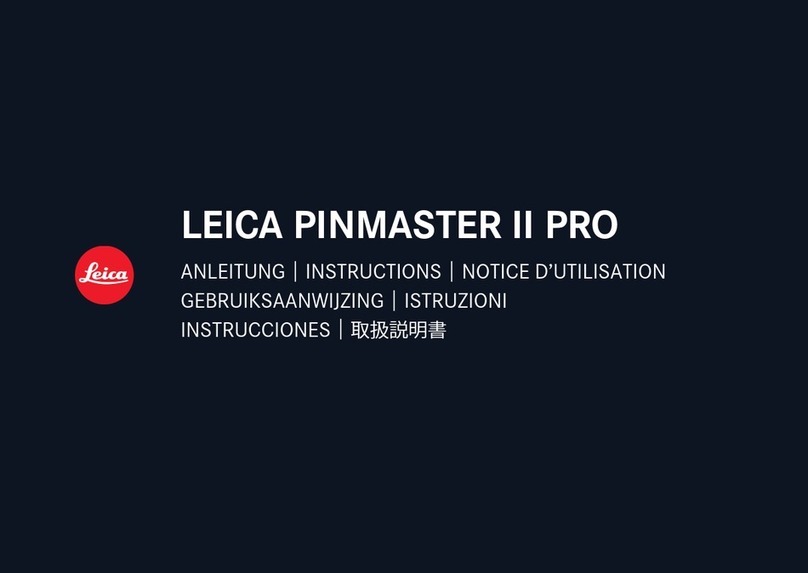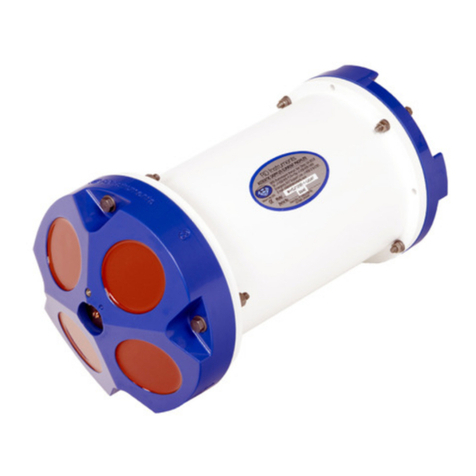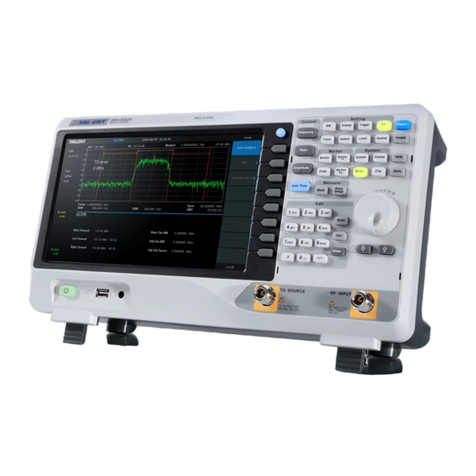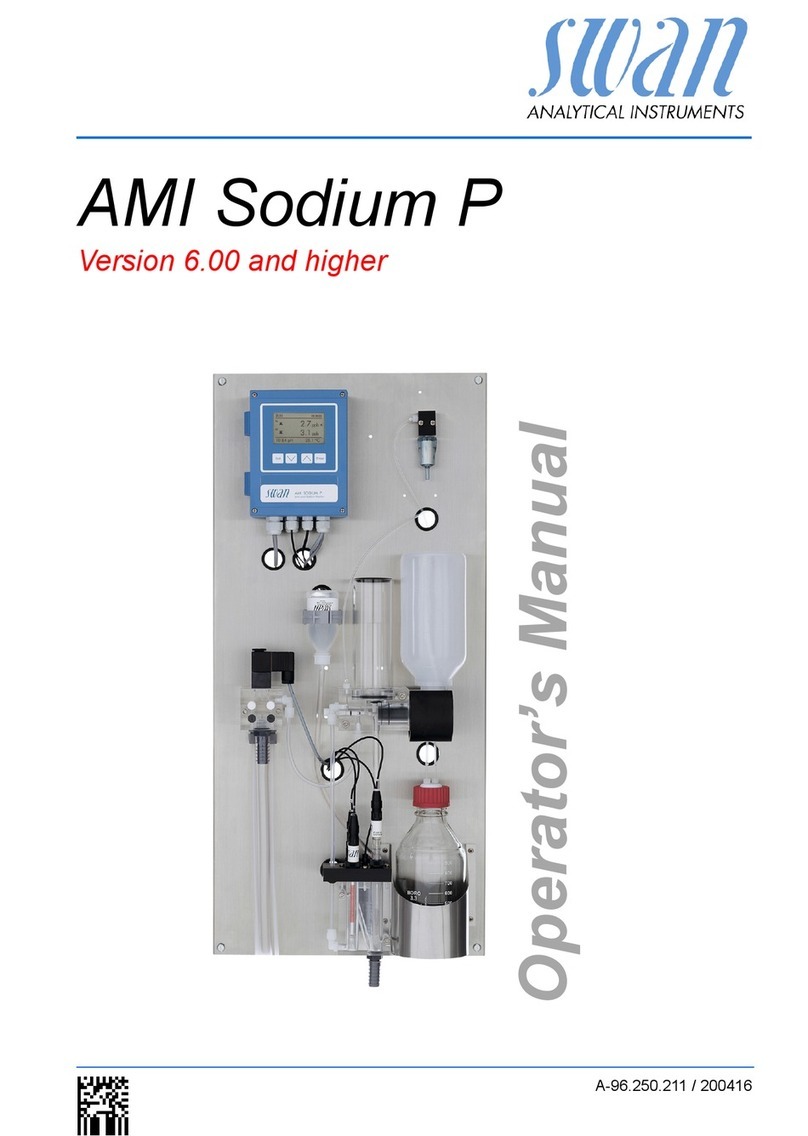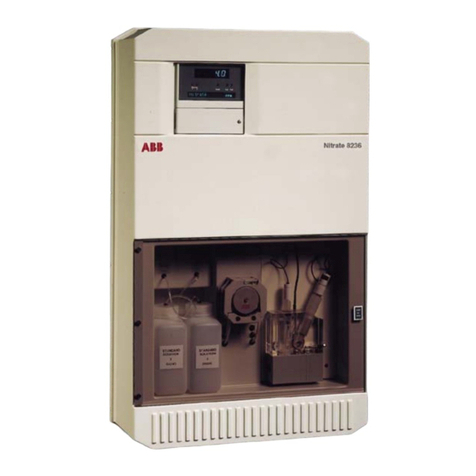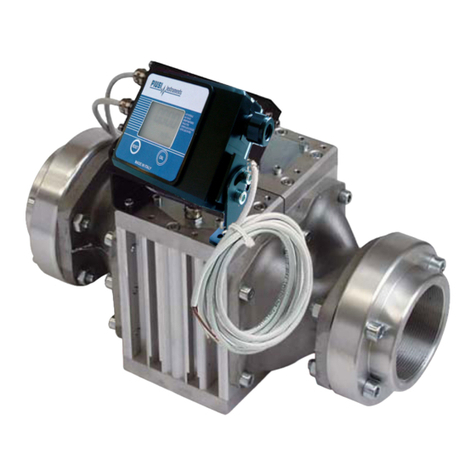
PG7307™ OPERATION AND MAINTENANCE MANUAL
© 2002 - 2007 DH Instruments, a Fluke Company Page 14
To assemble and disassemble a PG7307 piston cylinder module, proceed as follows:
Figure 3. Oil Piston-Cylinder Module (Exploded View)
nScrew the piston-cylinder module into the base of its
bullet case (PVC shipping and storage case) and
place the base and module on a clean stable
surface with the piston cap (2) up.
oUsing a 3 mm Allen tool, loosen the two socket
head sleeve retaining screws (5) from the opposing
sides of the main module housing (4).
In reassembly, after the two sleeve retaining
screws (5) are installed, sleeve assembly
(9+13+18) must still have a small amount of
freedom to move and rotate within the main
module housing (4).
pWhile firmly holding down the cap (2), use a 5 mm Allen
tool, to loosen the socket head cap retaining screw
(1). Turning the screw pushes the piston head (6)
straight out of the piston cap (2) ensuring that no
sideways torque is applied to the piston (7). The
cap retaining screw will not fully disengage from the
piston cap due to the adjustment mass (3). Gently
remove the cap and screw from the assembly. Use
caution to be sure the piston head is out of the cap
so as NOT to apply torque to the piston (7) when
removing the cap.
When installing the piston cap during
reassembly, remember to reinstall the
adjustment mass (3). Take great care to
slip the piston cap (2) straight onto the
piston head (6) and not to apply torque to
the piston (7).
qUnscrew the main module housing (4) from the
bullet case leaving the piston-cylinder and sleeve
assembly (9+13+18) behind in the bullet case base.
Carefully reinstall the piston cap (2) onto the piston
head (6) taking care not to apply sideways torque
on the piston (7). Using the cap as a handle, slide
the piston straight out of the cylinder.
Remove the cylinder and sleeve assembly (8 + 9 +
13) from the bullet case base. Turn over the
assembly and place it on the sturdy surface with the
O-ring assembly (18) up.
Stop here if you are doing a simple cleaning of
the piston-cylinder. The cylinder (11) can be
cleaned within the sleeve assembly (9+13+18)
by flushing with clean oil. The O-ring assembly
(18) is NOT intended to be regularly
disassembled. Do not proceed with the next
step of disassembly unless it is suspected
that a repair is required. Do not proceed with
the next step of disassembly if you do NOT
have a new set of O-rings (10, 12, 14, 15, 17) and
anti-extrusion ring (16) to use in reassembly.
It is imperative that new parts be used in
reassembly (not all modules have an anti-
extrusion and all the O-rings (see Table 2)).
sUsing a 2 mm Allen tool, loosen the two O-ring
assembly retaining screws (21). Lift off the O-ring
assembly (18) and the retaining screws. Remove
O-rings (14, 17) and the anti-extrusion ring (16)
(PC-7307-200 and -100 do NOT have an
anti-extrusion ring).
In reassembly use new O-rings and
anti-extrusion ring only and take special care
to center the anti-extrusion ring on the
shoulder of part (18).
tHolding the cylinder (11) in the open end of the
cylinder sleeve (13), turn the cylinder sleeve over
and allow the cylinder to gently slide out. Remove
O-ring (10). Using a 3 mm Allen tool, loosen the
cover retaining screws (8). Remove the cover (9)
and remove the O-ring (12).
In reassembly use new O-rings. The end of
the cylinder marked with the serial number
must be upwards (towards the cover (9)).
The orientation of the piston on the cylinder is important. The end of the cylinder that is marked with
the serial number should be upwards (against the sleeve cover (9)). Installing the cylinder with the
wrong orientation may lead to out of tolerance measurements.




















